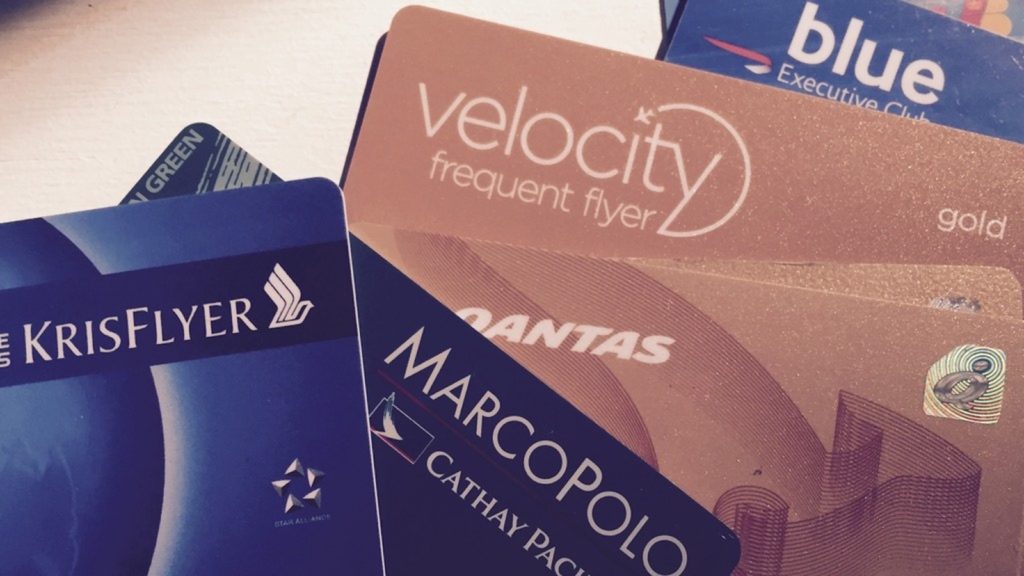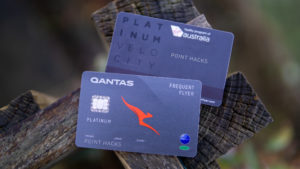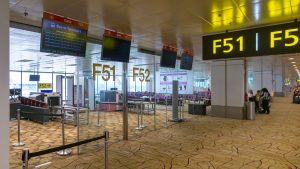A question I get asked more often than any other about my job at Point Hacks is just how, exactly, do frequent flyer programs make money? I mean, the programs give away free seats, upgrades, merchandise, gift cards, and of course those infamous toasters – all for nothing!
Well, not exactly.
On the surface it appears that frequent flyer programs can be a very costly proposition for airlines. In fact, frequent flyer programs – or should I say loyalty divisions given they’ve morphed into behemoths that cover more than just flights – are among the most profitable divisions within airlines.
This article takes a look at how airlines have leveraged their frequent flyer programs. This has not only boosted their underlying financial performance but also diversified their businesses away from just flying – a lifeline for many airlines during the COVID-19 pandemic.
The evolution of frequent flyer programs
If you’re interested, I’d encourage you to read my previous article on the importance of frequent flyer programs to airlines. This includes a history of how these programs were born and how they have evolved over time.
Here’s a quick recap.
Frequent flyer programs were once considered the domain of frequent corporate travellers, who clocked up miles quicker than Amazon clocked up customers. Over time, however, these programs have evolved to become quite mainstream, where literally anyone can benefit from them.
I came to the realisation that I could benefit from frequent flyer programs as an aspirational teenager over 2 decades ago. I remember sifting through my parents’ junk mail and seeing an advertisement for the now-defunct Qantas Telstra Visa Card. If my memory serves me correctly, the annual fee was $149 and you would earn 1 Qantas Frequent Flyer Point per dollar spent on the card. And 2 Points on overseas transactions!
Quickly doing some mental arithmetic, I could see how a person could easily earn more than $149 in benefits to cover the annual fee, based on an average yearly spending pattern. Plus, you have to remember that in those days, airfares were through the roof – and the number of points needed for rewards was much fewer than it is today.
In their very early versions, frequent flyer credit cards were the main product that could earn you frequent flyer points outside of flying. Today, the products partnered with frequent flyer programs are deliciously wide and varied. These partnerships mean that frequent flyer members can earn points on everything from eating out at restaurants to purchasing groceries and buying insurance. In fact, you can rack up points just by sleeping!
The bottom line? Frequent flyer programs have come a mightily long way since their inception around 40 years ago. And who knows how they will transform over the next 40 years?
So how do frequent flyer programs make money?
This question stumps many people. At times, it can feel like we’re being lavished with ‘free’ rewards. And hey, I’m sure none of us are complaining! But for those worried that their favourite airline could go the way of Ansett, relax.
I can assure you that airlines make money from their frequent flyer programs. Lots of money, in fact. These so-called ‘free’ rewards are indeed being paid for by someone. Let’s take a further look at how this works.
First, it’s important to distinguish between the 2 types of points offerings that airlines provide:
- Points offered for flying with the airline
- Points offered for transacting with one of the airline program’s partners
Points offered for flying with the airline
The first type of points offering is what most people are accustomed to (based on the historical structure of frequent flyer programs). In the early days in Australia, this was 1 point per kilometre flown – which was later changed to 1 point per mile. Officially, Aussie airlines made this change to align with international custom. Unofficially, it was code for devaluing the points earning proposition by a disheartening 1.6 times, now forever known as Australia’s first frequent flyer program ‘enhancement’.
Points offered for transacting with one of the airline program’s partners
To say that the second type of points offering is the most lucrative for airlines is an understatement. Airlines sell their points, usually in bulk, to their partners, who in turn offer these points as bonuses to their customers. The partners do this in order to attract new customers or to retain current customers.
Think of it this way. In the past, many businesses spent money on advertising to promote their product. Today, many companies instead redirect some of this advertising spend towards purchasing frequent flyer points from the airlines.
Personally, I much prefer receiving bonus frequent flyer points than listening to an annoying and overly loud 30-second ad. Is it just me or do advertisements seem to be 100 decibels louder than the show you’re watching?
With a small fixed cost but an unlimited ability to sell points to partners, it’s not hard to see how frequent flyer divisions are very profitable. And this is why airlines are constantly on the lookout for new partnerships. Officially, they brand this as ‘looking for new ways to reward our members’. Unofficially, it’s code for ‘looking for new ways to increase and diversify our revenue base away from costly airline operations’.
Whatever the reason, frequent flyer members and avid Point Hacks readers can be thankful for one thing: more profitable frequent flyer divisions mean more exciting travel opportunities! Dare I say First Class or Business Class in 2022?

The simple equation to success
The challenge for airlines is to ensure that they optimally price their reward redemptions. Price them too high, and airlines risk dissuading their members from remaining engaged with the frequent flyer program. Price them too low, and airlines forgo revenue that a member was willing to pay.
Many people argue that airlines purposely devalue their frequent flyer programs to increase their revenue. I don’t share this belief – for the reason I stated above. When a program excessively devalues their program, they are, in effect, sub-optimally pricing their rewards. Do this enough times and members will either disengage with the program or look elsewhere. Either way, these effects will serve to decrease rather than increase an airline’s revenue.
The equation
For the mathematically inclined among us, a formula that conveys the equation airlines face is as follows:
Profit from FFP = (Revenue from selling points to partners & ticket sales to FFP members) – Cost of delivering FF rewards
Frequent flyer programs create a number of valuable benefits for airlines. These include:
- By issuing frequent flyer points, airlines in effect create a currency. They decide how many points they issue, and the value of those points through redemption costs. This means they can directly affect the above formula to maximise their chances of achieving a profitable result. And did you know, there are literally trillions of unused frequent flyer points in the world? This far exceeds the amount of physical monetary currency out there.
- By offering a frequent flyer reward seat on what would otherwise be an unsold seat, airlines are at least getting some money back. And by issuing a reward seat, airlines can maintain a viable price floor and not compromise their cash prices through heavy discounting.
- Intangible benefits to airlines, such as promoting ongoing loyalty to the airline from engaged frequent flyer members. These members may be willing to pay a slight premium on airfares to receive points and applicable status benefits. And most of these benefits will be at no cost to the airline (eg. priority check-in, boarding and baggage).
- Following on from the above point, airlines can attract a more inelastic passenger. Meaning? One that’s not so sensitive to price fluctuations.
- Potential to gain from leakage through points expiring. However, I don’t believe airlines should actively seek out this form of gain. If you’re keen to learn more about the different types of expiration policies out there, check out my comprehensive article on the expiration policies of airlines.

Summing up
Our team here at Point Hacks love frequent flyer programs. And if you’ve managed to get this far into my article, I’m guessing you do too! Just like you, we’re counting down the days until we can hop back on a plane and once again discover our glorious world.
Many airlines globally have caught on to the sizeable financial benefits that frequent flyer programs provide. But these programs don’t just serve the airlines’ interests. Profitable frequent flyer divisions are definitely in your interests as well.
Without a profitable frequent flyer market, many travellers would be unable to fulfil their travel bucket lists. Be it to travel to as many places on earth as possible, or to experience the thrill of an onboard shower in First Class. As the saying goes, the world really is our oyster.
Check out the other Point Hacks Editor’s View articles here →






Community